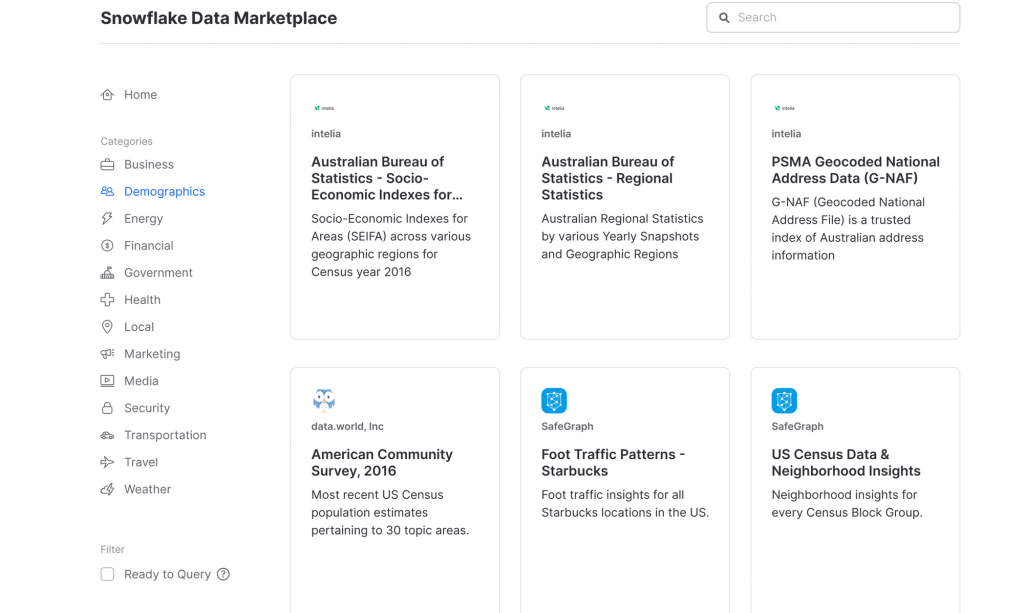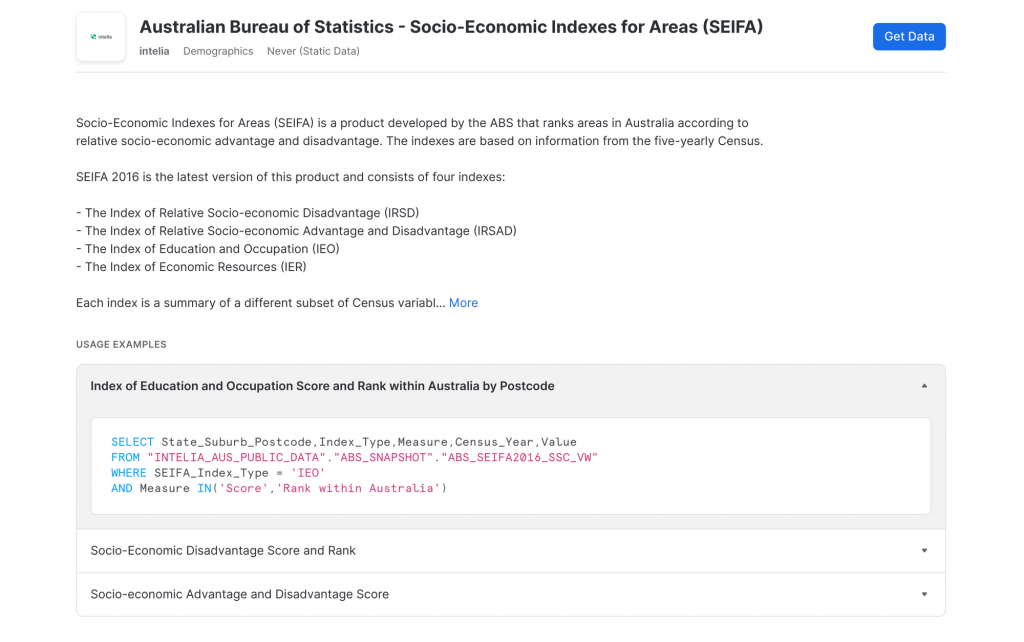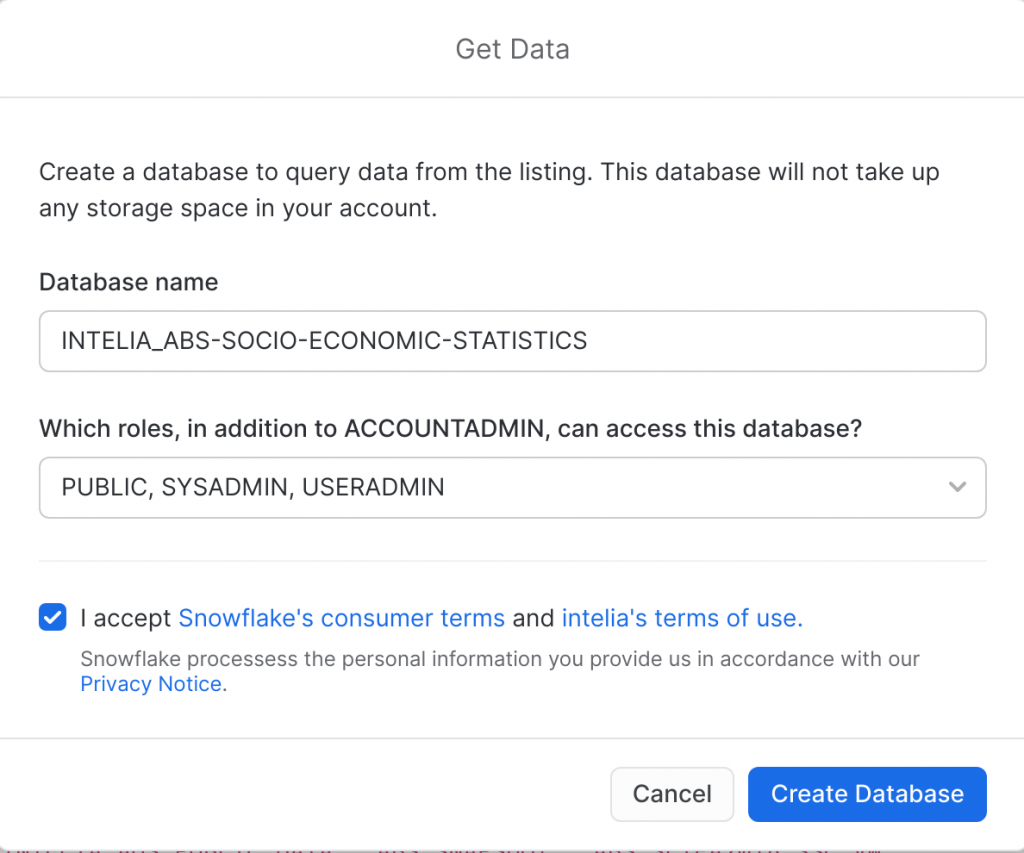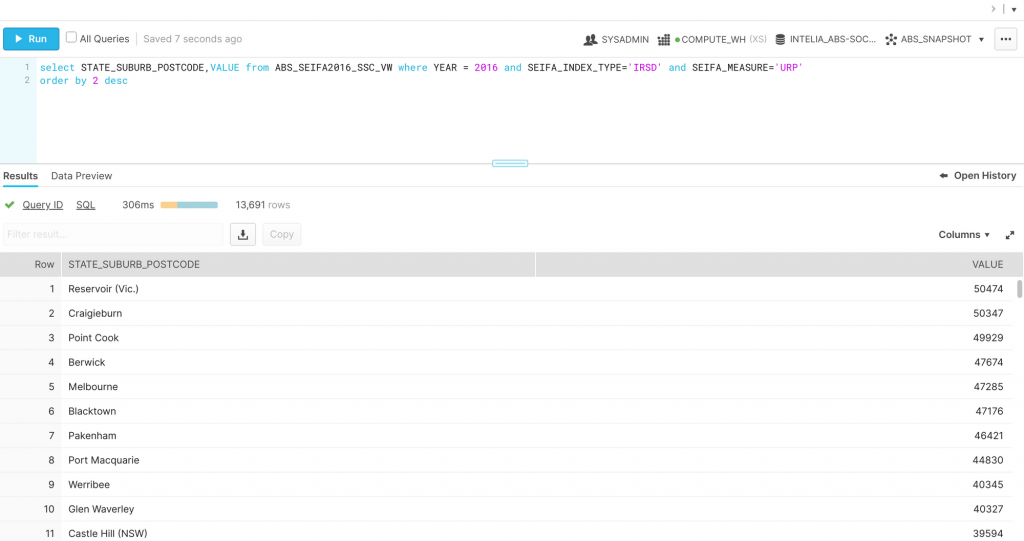Data Marketplace
By Shivanand Iyer | @intelia | November 15
According to Gartner, 35% of large enterprises will be transacting their data via online data marketplaces by 2022. Data marketplaces provide a single platform to consolidate third-party data offerings and to monetize personal and enterprise data assets. It enables access to live and governed datasets from thousands of data providers via a transparent data exchange platform to buy and sell their data.
With traditional income streams drying up or in jeopardy due to the economic crisis spawned by the pandemic, organizations may need to identify new sources of value by monetizing their data assets. This is where data marketplaces come in offering a platform to transact and licence the data for reuse. Market Research data, demographics, financial and aggregated statistical data are some of the commonly available data types accessible via API or direct database querying in these platforms.
One of the primary benefits that data marketplace platform provides is a reduction of cost and effort involved in locating and wrangling required data sets. These datasets come with extensive metadata so companies can spend more time on data analysis, driving insights and product development rather than data collection, profiling and cleansing.
Types of data marketplace
We can broadly categorize the data Marketplace into three main types:
Personal Data Marketplace
Personal data marketplaces empower individual entities to monetize their data directly and on their terms. Examples include Datum, DataWallet and Wibson, which allow users to sell anything from their email address, social media streams and their location information.
Business Data Marketplace
Business data marketplaces are designed for B2B data exchange, focusing on structured data and large data providers/consumers. The unique thing about these marketplaces is that data offered by providers may not be related to the providers themselves. Hence the underlying technology has many properties of shared databases, while personal and sensor data marketplaces are closer to data catalogs. Usually, the data is aggregated within the marketplace and served for immediate use. Potential use cases of these data include business intelligence, research and machine learning.
Examples of Business Data Marketplace platforms include Snowflake, Salesforce, The DX Network.
Sensor Data Marketplace
Sensor data marketplaces allow real-time data feeds from remote devices to be transacted. For instance, IOTA Data Market, DataBroker DAO and Streamr offer pollution, power grid and vehicle telematics data feeds.
Snowflake Data Marketplace
The Snowflake Data Marketplace utilizes Snowflake Secure Data Sharing to connect data providers and consumers. Users can discover and access a variety of third-party data and have them available directly in their Snowflake account to query and use without any cleansing or transformation. If there’s a need to use several different vendors for data sourcing, the Data Marketplace provides a single location to get the data. Also its an attractive value proposition especially if someone is considering monetizing the data and thinking about different routes to market. The Snowflake Data Marketplace is currently available globally to all non-VPS Snowflake accounts hosted on Amazon Web Services (AWS) and Microsoft Azure, except for Microsoft Azure Government.
How to access Snowflake marketplace data
Step 1 – All users can login and browse listings on the Snowflake Data Marketplace, however you need to be an ACCOUNTADMIN to get or request data.

Step 2 – Metadata documentation and usage examples are mandatory and will help to understand the attributes and the granularity of the data. Navigate to the dataset you interested in and click on “Get Data”.

Step 3 – Select the database name to be created in your account for these shared data and the roles that should need access to it.

Step 4 – Once you create the database, you can now see the database in the explorer. The data is now ready for consumption via sql queries or via any external BI/ML tools.
Datasets published by intelia on the Snowflake Data Marketplace
At intelia, we have published the following datasets on the Snowflake marketplace and removed the hassle of wrangling and cleansing the source csv/json files. Instead the data can be easily queried as a sql via the Snowflake interface.
G-NAF – The Geocoded National Address data (referred to as G-NAF) is Australia’s authoritative, geocoded address data. G-NAF is one of the most ubiquitous and powerful spatial datasets. It contains more than 13 million Australian physical address records. The records include geocodes. These are latitude and longitude map coordinates. G-NAF does not contain any names or personal information.
SEIFA Indexes – Socio-Economic Indexes for Areas (SEIFA) is a product developed by the ABS that ranks areas in Australia according to relative socio-economic advantage and disadvantage. The indexes are based on information from the five-yearly Census and is published as an open dataset.
ABS Regional Statistics – This data set presents a range of snapshot data across various regions in Australia.Data is available by Local Government Areas, Statistical Areas Levels 2 and other ABS geographies. It is intended for users interested in the characteristics of regions and in comparing regions across Australia. Data is in a time series with the latest snapshots with 2011- 2019 data.
If there’s any open data-set that’s of specific interest to you or if you want to know more about data monetisation in the Snowflake Data Marketplace, feel free to reach out to us for a chat.

